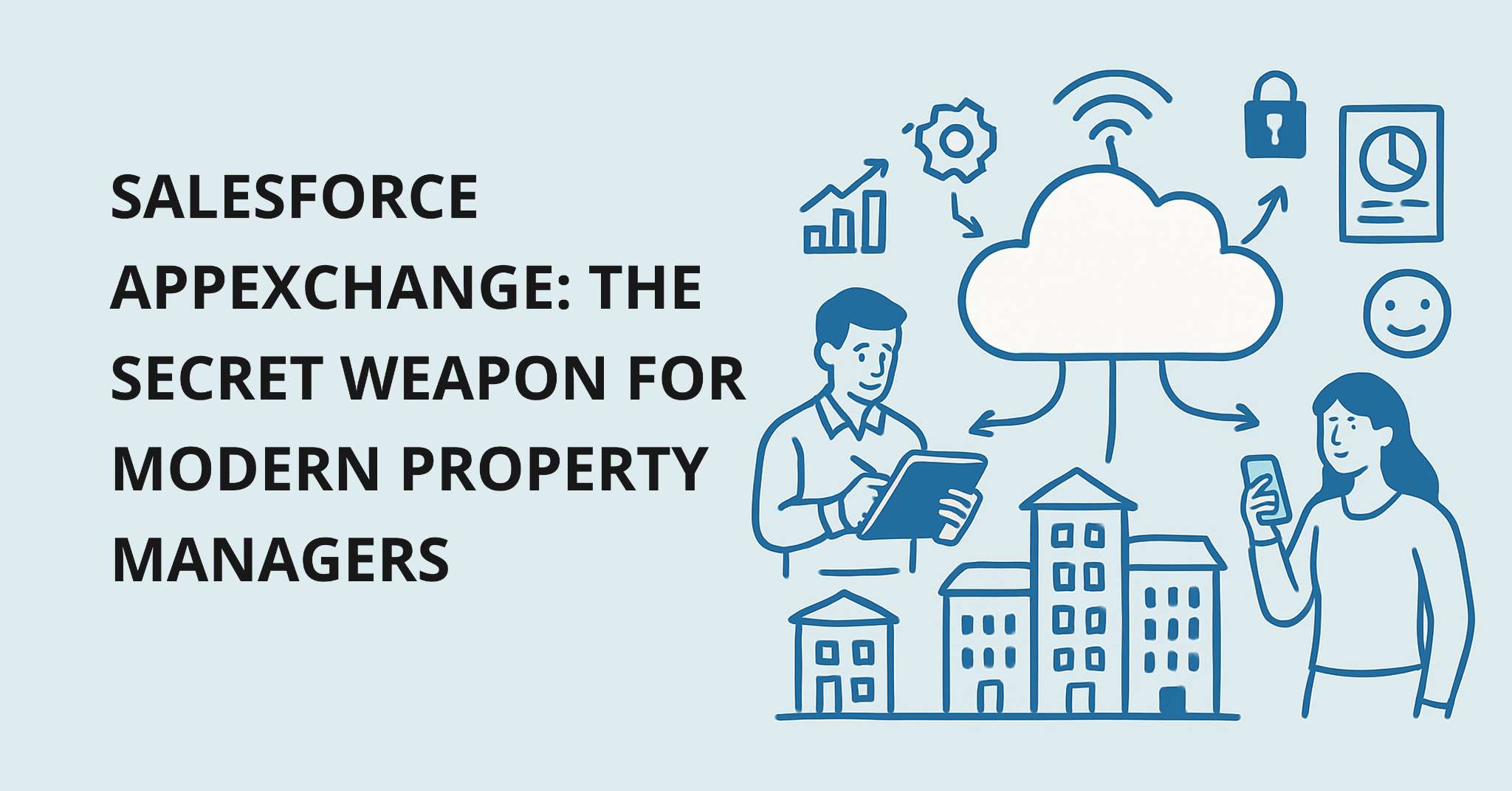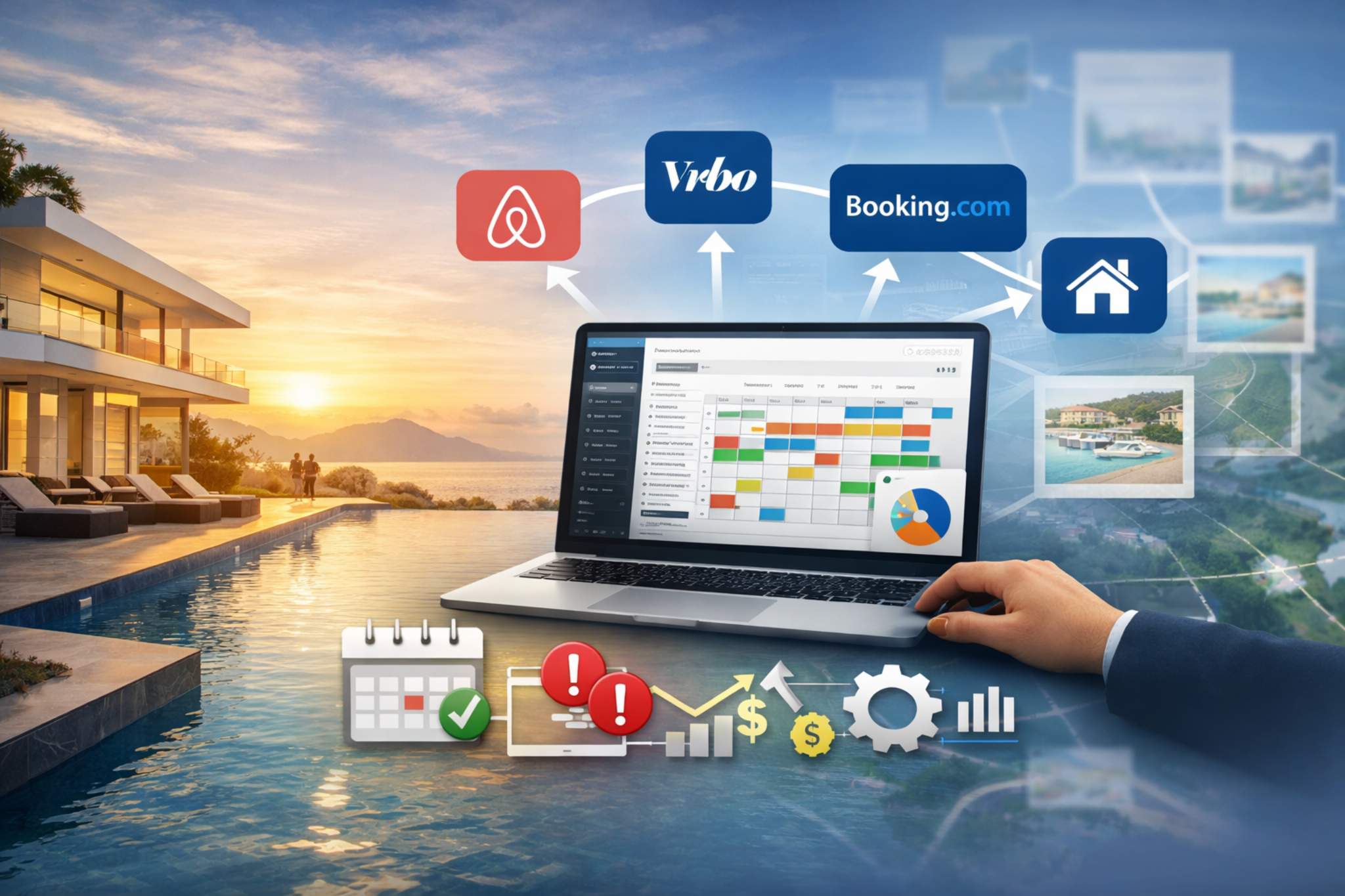In the healthcare industry, the efficient use of hospital beds is crucial for providing timely and effective care to patients.
One of the key metrics used to evaluate this efficiency is the Bed Fill Rate, also known as bed occupancy rate, which represents the percentage of available beds that are currently occupied.
This metric plays a significant role in hospital management, resource allocation, and patient flow optimization. In this article, we will delve into the importance of the Bed Fill Rate, its calculation, and strategies to optimize bed occupancy.
What is Bed Fill Rate?
The Bed Fill Rate is a vital performance indicator that measures the utilization of hospital beds at a given time. It provides insights into how effectively a hospital is managing its bed capacity and resources.
Strategies to Optimize Bed Fill Rate
Achieving and maintaining an optimal Bed Fill Rate requires a multifaceted approach involving hospital administration, clinical staff, and support services. Here are some strategies to consider:
- Real-time Monitoring: Implementing real-time monitoring systems can help hospital administrators track bed occupancy in real-time, allowing for immediate adjustments to staffing and resources.
- Predictive Analytics: Utilizing predictive analytics can help forecast future bed demand based on historical data, seasonal trends, and patient demographics, enabling proactive planning and resource allocation.
- Clinical Pathways: Developing standardized clinical pathways for common conditions can streamline patient care processes, reducing length of stay and improving bed turnover rates.
- Collaboration with Community Services: Collaborating with community health services and primary care providers can facilitate timely discharge planning and reduce unnecessary hospital admissions.
- Staff Training and Education: Providing ongoing training and education to clinical staff on efficient bed management practices can help improve communication, coordination, and decision-making related to patient admissions, transfers, and discharges.
What is Average Bed Occupancy Rate?
The Average Bed Occupancy Rate is another important metric used to assess the utilization of hospital beds over a specific period, typically calculated on a daily, weekly, monthly, or yearly basis. Unlike the Bed Fill Rate, which provides a snapshot of bed occupancy at a specific point in time, the Average Bed Occupancy Rate offers a more comprehensive view by considering the average bed occupancy over a given period.
The formula for calculating the Average Bed Occupancy Rate is:
Average Bed Occupancy Rate = (Total patient days / Available bed days) × 100
- Total patient days: The total number of days that beds were occupied by patients during the specified period.
- Available bed days: The total number of days that beds were available for patient use during the specified period.
For example, if a hospital had a total of 4,000 patient days over a month and had 5,000 available bed days, the Average Bed Occupancy Rate would be calculated as:
Average Bed Occupancy Rate = (5,000 / 4,000) ×100 = 80%
Importance of Average Bed Occupancy Rate
The Average Bed Occupancy Rate provides insights into the overall utilization of hospital beds and helps in:
- Capacity Planning: Understanding the average bed occupancy rate helps hospitals in planning and optimizing their bed capacity to meet the demand for services effectively.
- Resource Allocation: Hospitals can allocate resources more efficiently by identifying periods of high and low occupancy and adjusting staffing levels accordingly.
- Financial Management: By monitoring the Average Bed Occupancy Rate, hospitals can assess the financial implications of bed utilization, helping in budgeting and cost management.
- Quality of Care: A well-managed Average Bed Occupancy Rate can lead to improved patient flow, reduced wait times, and better quality of care by ensuring that beds are available when needed.
In 2021, the occupancy rate of hospitals in the U.S. stood at 65 percent, according to statista.com.
How Can A Property Management System Help With Occupancy Rate
A Property Management System (PMS) can play a crucial role in managing and optimizing occupancy rates, whether it's for hotels, rental properties, or healthcare facilities like hospitals. Here's how a PMS can help improve occupancy rates:
Real-time Availability and Booking
- Instant Updates: A PMS provides real-time updates on room availability, allowing for immediate booking confirmations. This ensures that rooms are always utilized to their maximum capacity, minimizing downtime.
Dynamic Pricing and Revenue Management
- Dynamic Pricing: Advanced PMS systems can implement dynamic pricing strategies based on demand, seasonality, and other factors. This can help optimize room rates to attract bookings during off-peak periods and maximize revenue during high-demand periods.
Efficient Inventory Management
- Inventory Tracking: A PMS helps in tracking and managing inventory efficiently, ensuring that all rooms are available for bookings and reducing the risk of overbooking or double bookings.
Streamlined Operations and Communication
- Centralized System: A centralized PMS allows for seamless communication between different departments, streamlining operations and ensuring that all staff members have access to up-to-date information on occupancy rates, bookings, and guest preferences.
Data Analytics and Reporting
- Performance Analysis: PMS systems offer robust analytics and reporting tools that provide insights into occupancy trends, booking patterns, and revenue performance. This data-driven approach enables informed decision-making and strategic planning to optimize occupancy rates.
Enhanced Guest Experience
- Personalized Services: With access to guest data and preferences, a PMS enables hotels and other facilities to offer personalized services, enhancing guest satisfaction and loyalty, which can lead to increased repeat bookings and improved occupancy rates.
Automation and Integration
- Automated Processes: Automating routine tasks such as check-ins, check-outs, and billing can free up staff time, allowing them to focus on providing exceptional guest experiences and optimizing occupancy rates.
- Integration with Other Systems: Many PMS systems can integrate with other software solutions like channel managers, booking engines, and CRM systems, creating a cohesive ecosystem that further enhances efficiency and guest satisfaction.
Final Thoughts
The Bed Fill Rate is a critical metric that provides valuable insights into the efficiency and effectiveness of hospital bed management.
By understanding the importance of this metric and implementing strategies to optimize bed occupancy, hospitals can improve resource utilization, enhance patient flow management, and ultimately, deliver better quality care to patients.
Continuous monitoring, predictive analytics, and collaborative efforts are key to achieving and maintaining an optimal Bed Fill Rate, ensuring that hospitals are well-equipped to meet the evolving healthcare needs of their communities.
To learn more about how a property management system can help with occupancy rate, schedule a call with us right now!






_-_A_Complete_Guide.png)











+for+Hotel+Chains.png)
